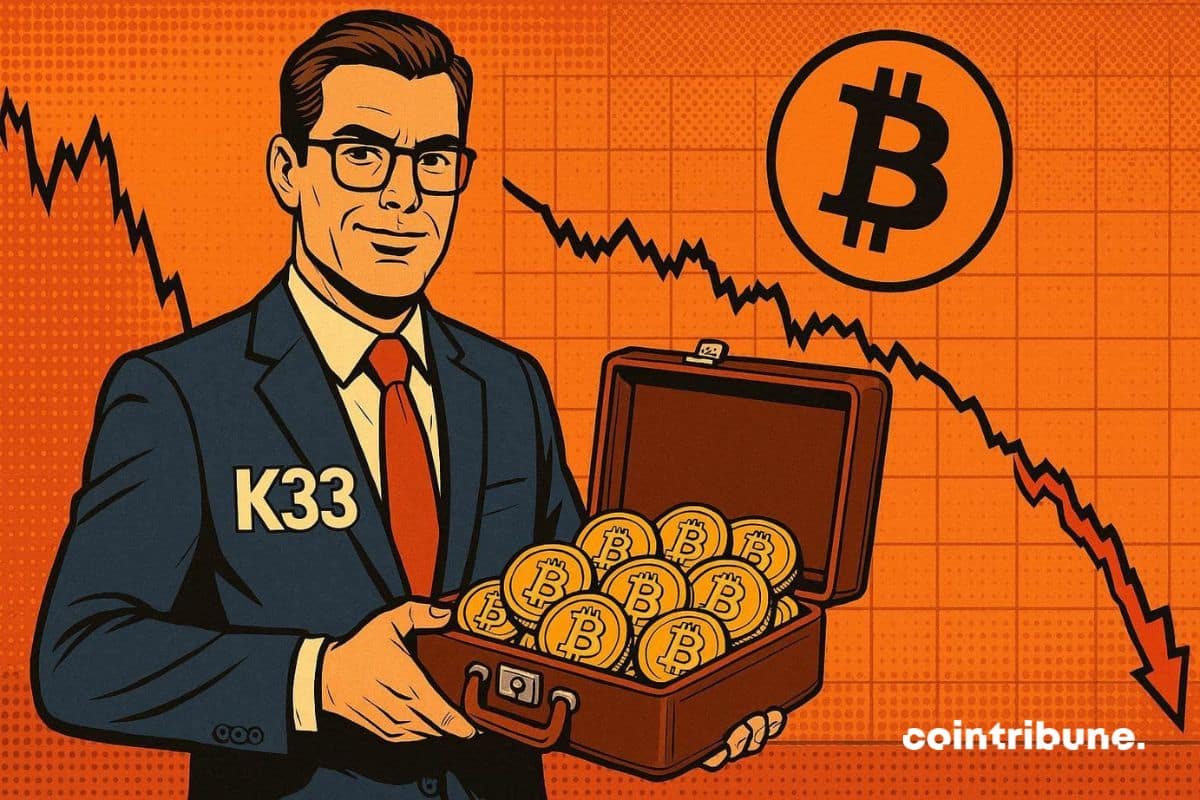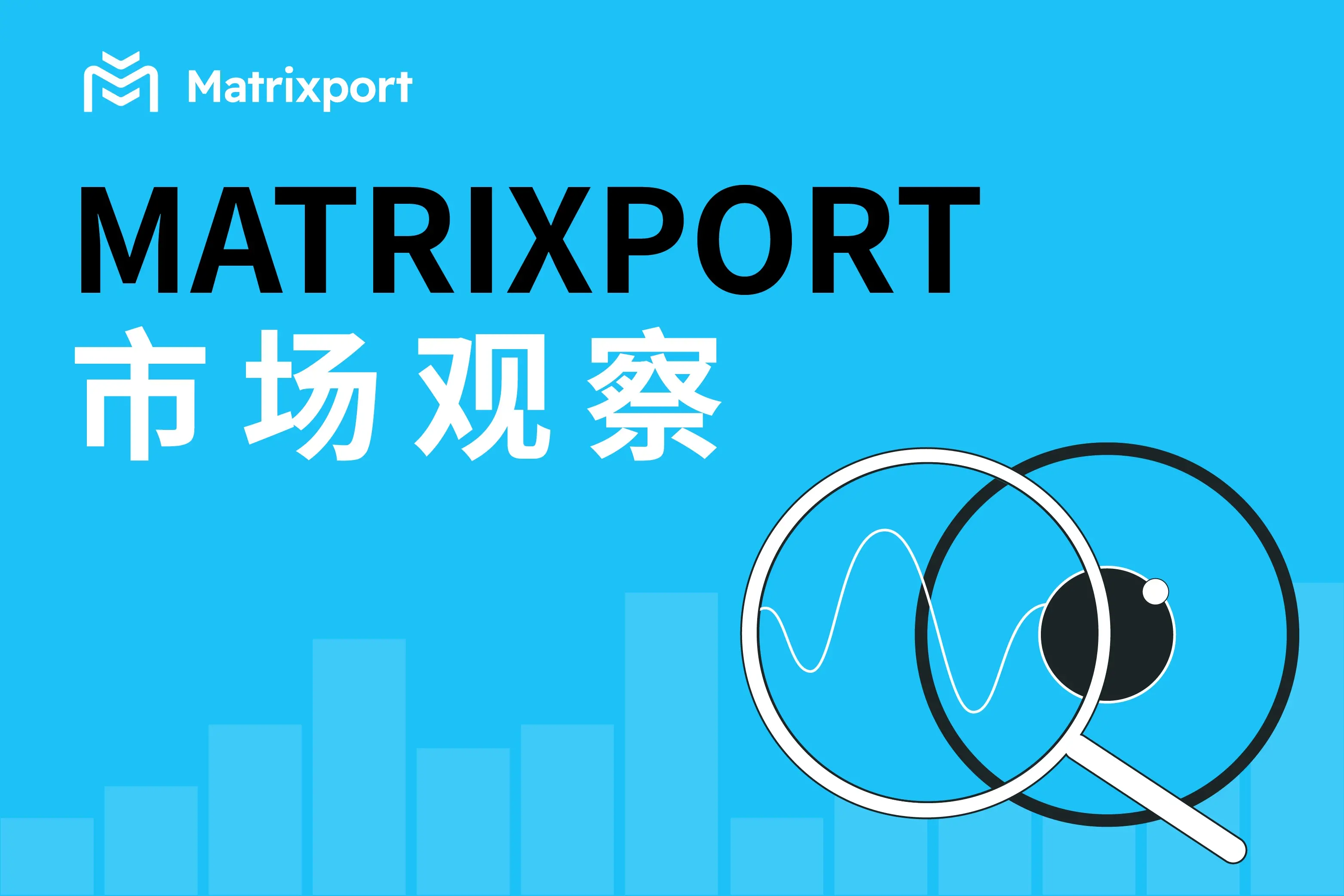XRP Ledger's Strategic Leap in Global Supply Chain Finance: A New Era for Institutional Investment
- Linklogis partners with XRP Ledger to streamline cross-border trade finance, processing $2.9B in 2024 via tokenized invoices and stablecoins. - XRPL’s RWA tokenization surges to $305.8M in 2025, driven by Dubai Land and VERT, signaling institutional confidence in blockchain scalability. - Institutional investors target XRP, RWA platforms, and custody services as XRPL’s enterprise-grade solutions gain traction in global finance.
The XRP Ledger (XRPL) is no longer a niche player in blockchain finance. Its recent partnership with Linklogis, a leading Chinese fintech platform, marks a pivotal moment in the evolution of supply chain finance. By leveraging XRPL's high-speed, low-cost infrastructure, Linklogis is redefining cross-border trade finance—a sector plagued by inefficiencies in traditional systems. This collaboration, occurring in a regulatory environment where public blockchain adoption is often met with skepticism, underscores the growing institutional confidence in blockchain's ability to solve real-world problems.
The Strategic Case for XRP Ledger in Supply Chain Finance
Linklogis's integration of XRPL into its operations is a masterstroke. The platform has already processed RMB 20.7 billion ($2.9 billion) in cross-border assets across 27 countries in 2024, a scale that demands a solution capable of handling high throughput and instant settlements. By tokenizing invoices and receivables on XRPL, Linklogis is not only reducing settlement times from days to seconds but also slashing operational costs. The use of stablecoins and smart contracts further automates workflows, minimizing human error and fraud risks.
This move is particularly significant in China, where regulatory scrutiny of public blockchains has historically limited innovation. Linklogis's bold adoption of XRPL signals a shift: institutions are prioritizing efficiency and scalability over regulatory ambiguity, especially in sectors like trade finance, where the pain points of legacy systems are acute.
XRPL's Broader Institutional Momentum
The XRP Ledger's appeal extends far beyond Linklogis. In 2025, the network has become a hub for real-world asset (RWA) tokenization, with its RWA volume surging by 22.81% in the past month to $305.8 million. This growth is driven by partnerships with entities like the Dubai Land Department (tokenizing real estate) and VERT (issuing agribusiness receivables certificates). These projects validate XRPL's role as a scalable infrastructure for asset tokenization, a market projected to reach $16 trillion by 2030.
Institutional players are also stepping in. SBI Holdings in Japan is preparing to list Ripple's RLUSD stablecoin, while BDACS in South Korea has launched institutional-grade XRP custody services. These developments signal a maturing ecosystem where blockchain is no longer a speculative experiment but a foundational layer for global finance.
Implications for Institutional Investors
For investors, the XRP Ledger's trajectory presents a compelling case. The network's focus on enterprise-grade solutions—from cross-border settlements to RWA tokenization—positions it as a critical infrastructure layer in the digital economy. Unlike speculative crypto projects, XRPL's value is increasingly tied to real-world use cases with measurable economic impact.
Consider the following data:
- Tokenized RWA volume on XRPL: $305.8 million (August 2025).
- Linklogis's 2024 cross-border volume: $2.9 billion.
- XRP Ledger's RWA ranking: 9th-largest blockchain by RWA value.
These metrics suggest that XRPL is not just a technical innovation but a market infrastructure play. Institutional investors should evaluate exposure through:
1. XRP tokens as a utility asset for network transactions.
2. RWA tokenization platforms leveraging XRPL, such as Ondo Finance or VERT.
3. Custody and stablecoin services like BDACS or SBI Holdings, which benefit from XRPL's growing adoption.
The Road Ahead
The XRP Ledger's partnership with Linklogis is a microcosm of a larger trend: blockchain is transitioning from a fringe technology to a core infrastructure for global finance. As more institutions recognize the cost and efficiency gains of blockchain-enabled solutions, XRPL's role in cross-border trade and RWA tokenization will only expand.
For investors, the key is to focus on long-term infrastructure plays rather than short-term volatility. The XRP Ledger's institutional partnerships, combined with its technical advantages (high throughput, low energy consumption), make it a standout in a crowded blockchain landscape.
Final Thoughts
The XRP Ledger's strategic adoption by Chinese fintech platforms like Linklogis is not just a technical milestone—it's a strategic inflection point for institutional investment in blockchain. As global trade finance and RWA markets converge with decentralized infrastructure, XRPL's ecosystem is poised to capture significant value. Investors who recognize this shift early may find themselves at the forefront of a financial revolution.
The question is no longer whether blockchain can transform finance—it's how quickly institutions will adopt it. And in that race, the XRP Ledger is already ahead.
Disclaimer: The content of this article solely reflects the author's opinion and does not represent the platform in any capacity. This article is not intended to serve as a reference for making investment decisions.
You may also like
JPMorgan bets on high gains with its new Bitcoin product

Bitcoin: A Relative Buying Opportunity Despite the Panic, According to k33

The "Bankruptcy" of Metcalfe's Law: Why Are Cryptocurrencies Overvalued?
Currently, the pricing of crypto assets is largely based on network effects that have yet to materialize, with valuations clearly outpacing actual usage, retention, and fee capture capabilities.

Need Funding, Need Users, Need Retention: A Growth Guide for Crypto Projects in 2026
When content becomes saturated, incentives become more expensive, and channels become fragmented, where lies the key to growth?
